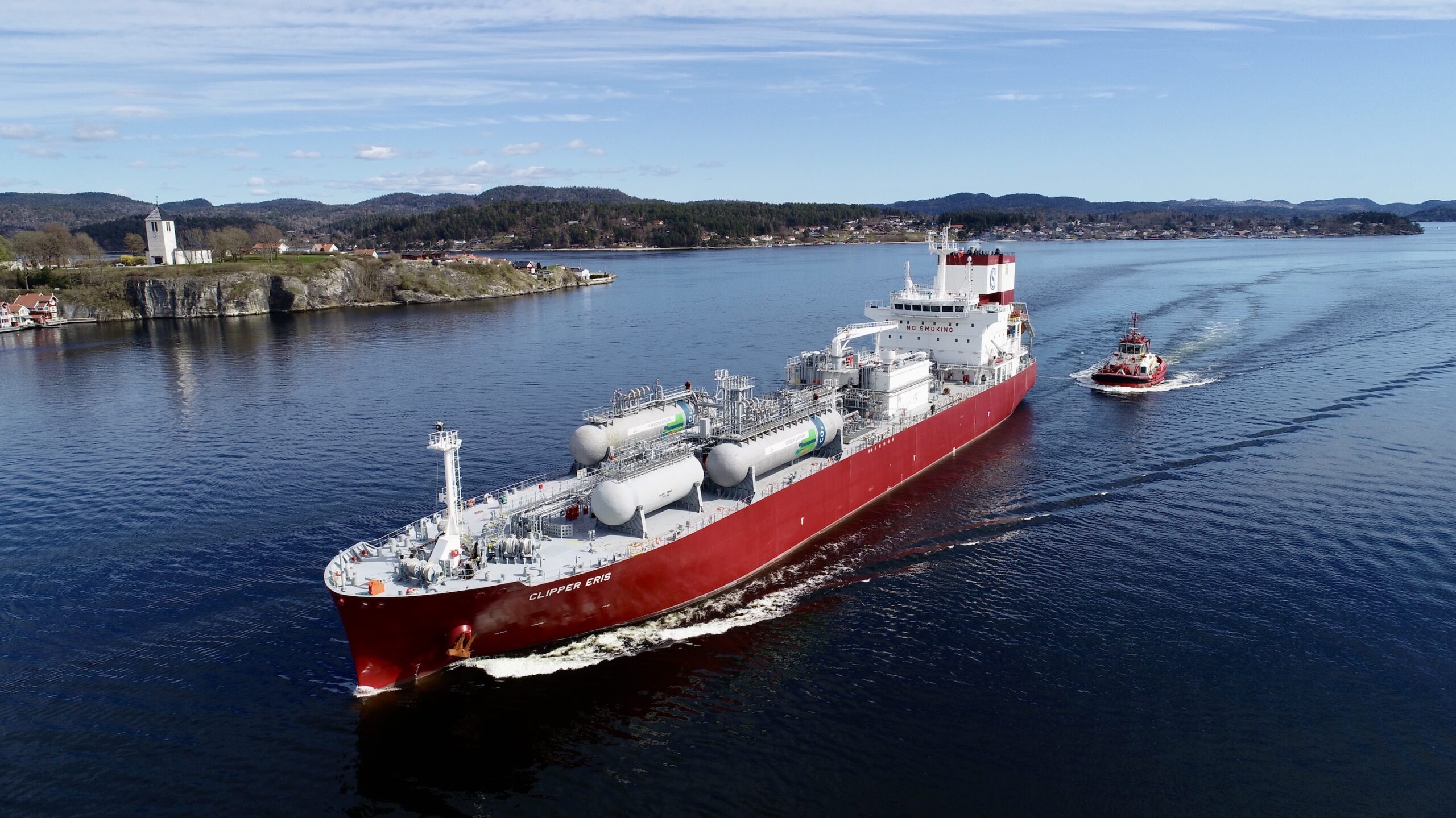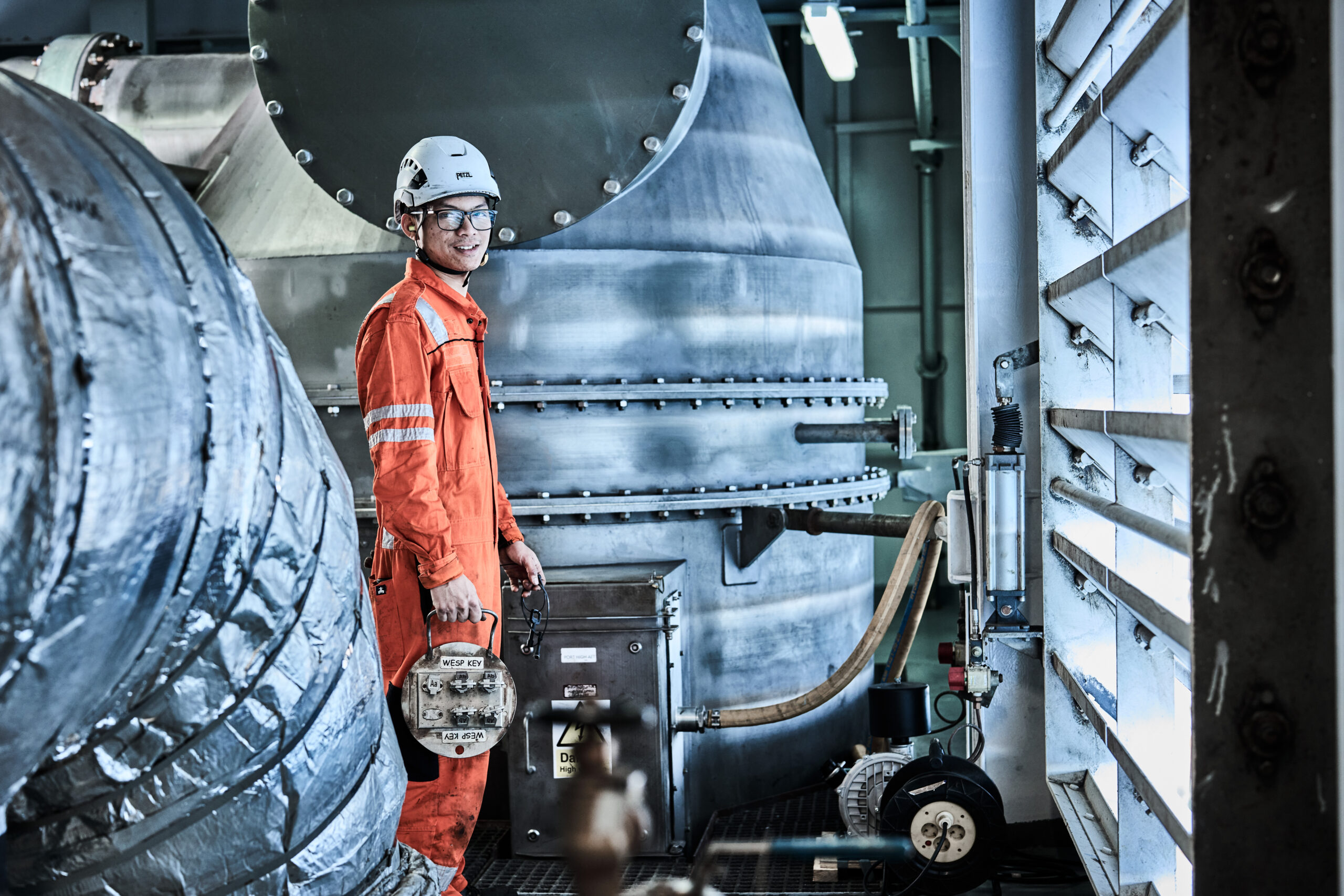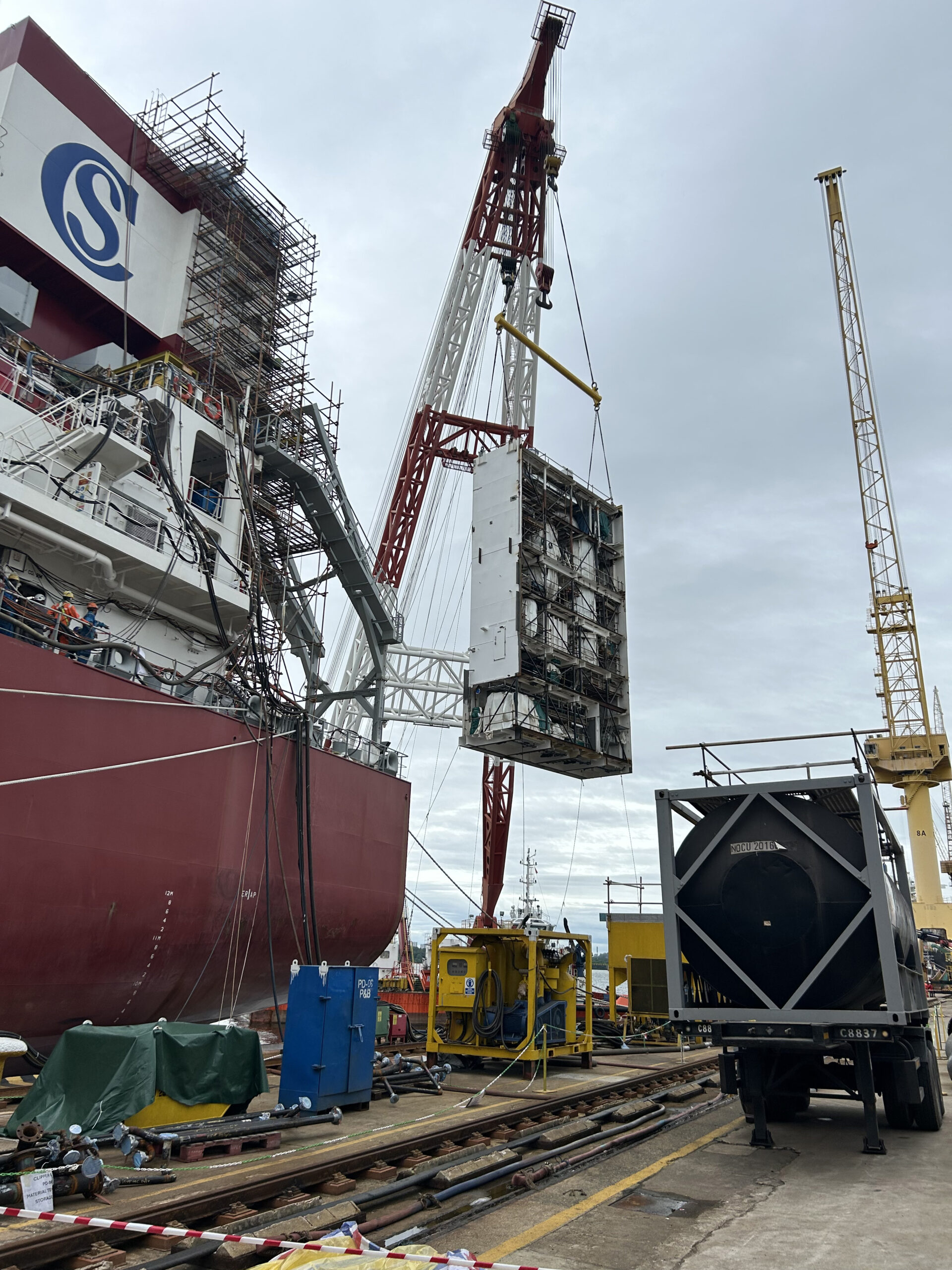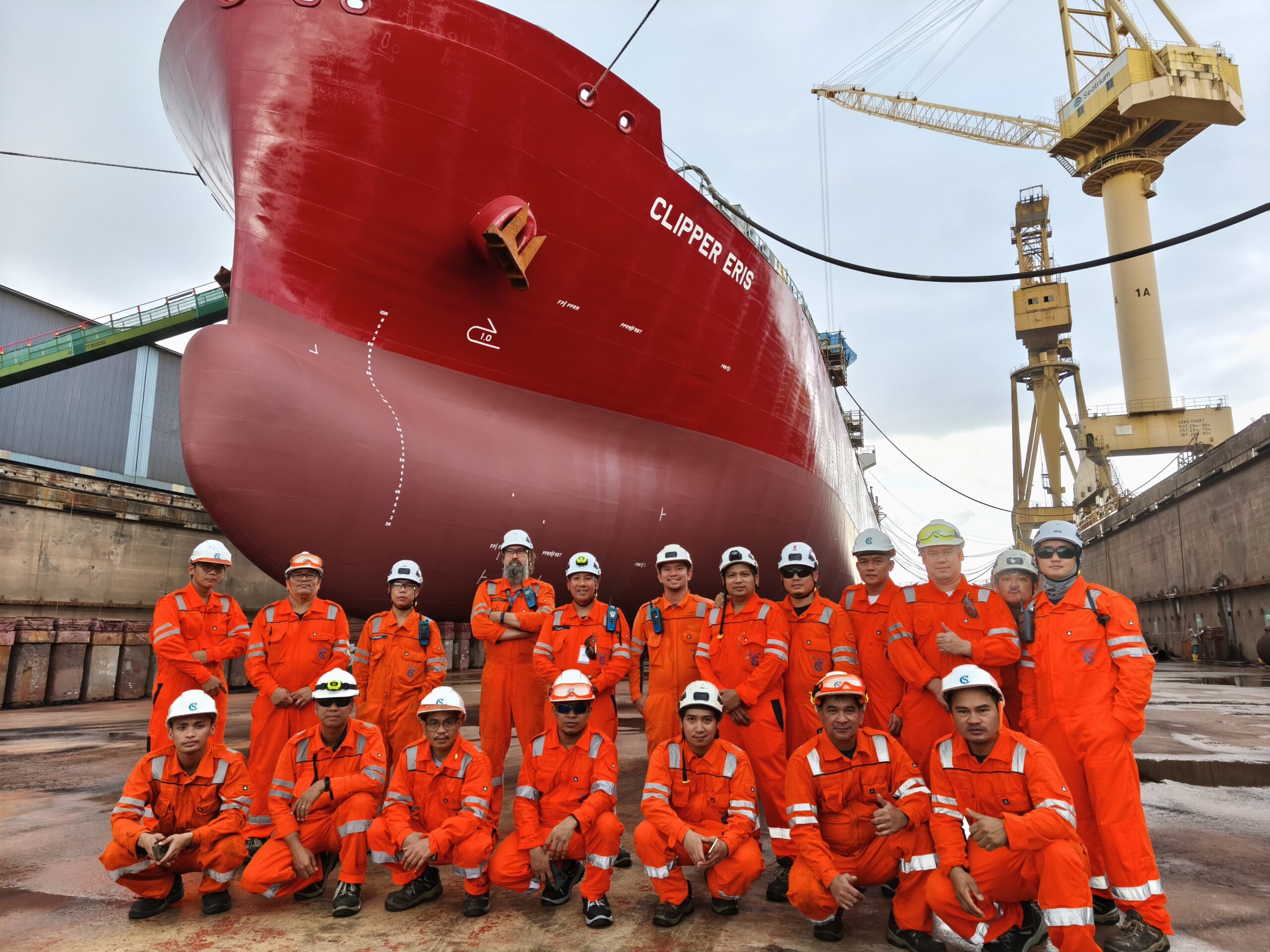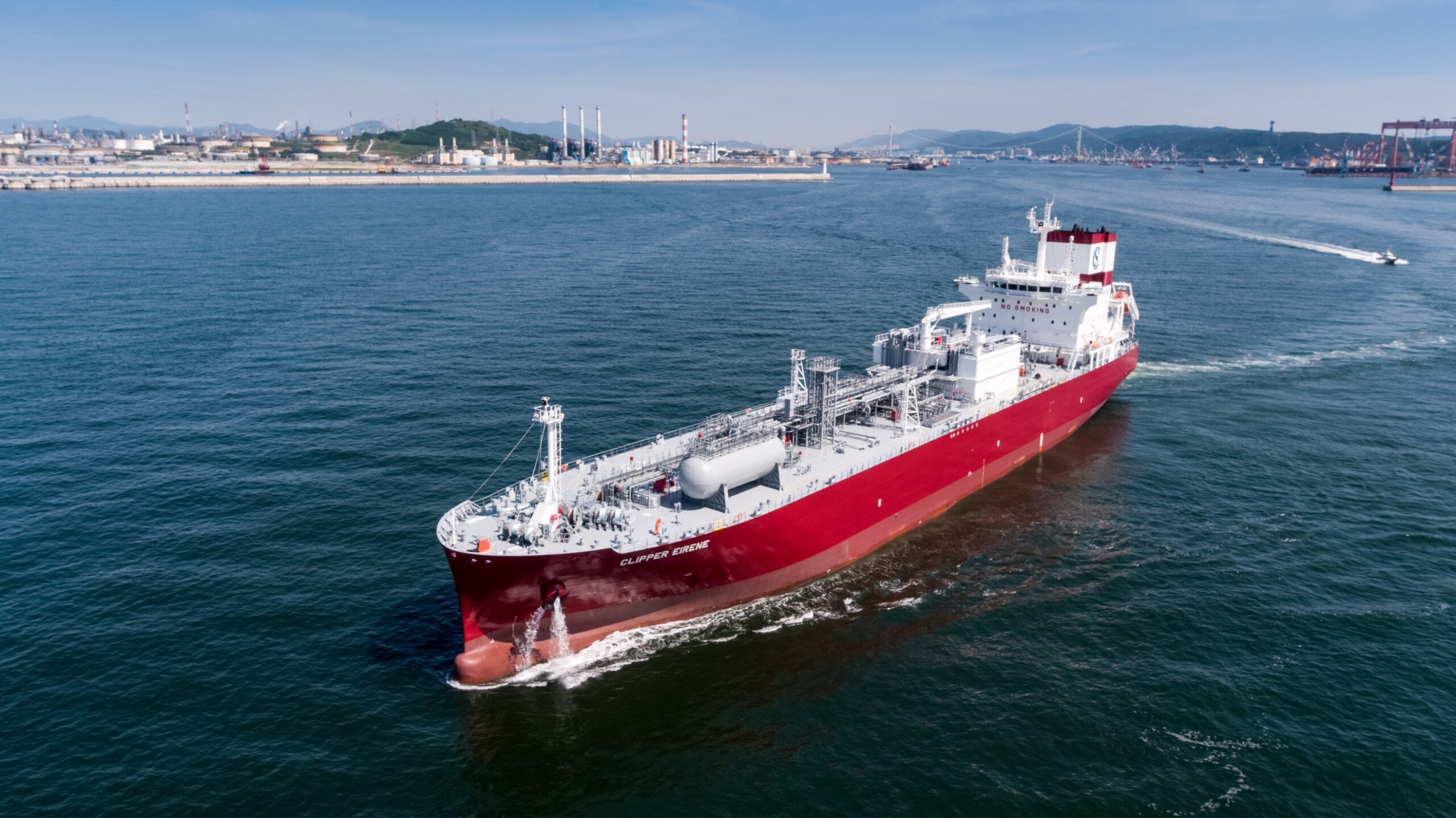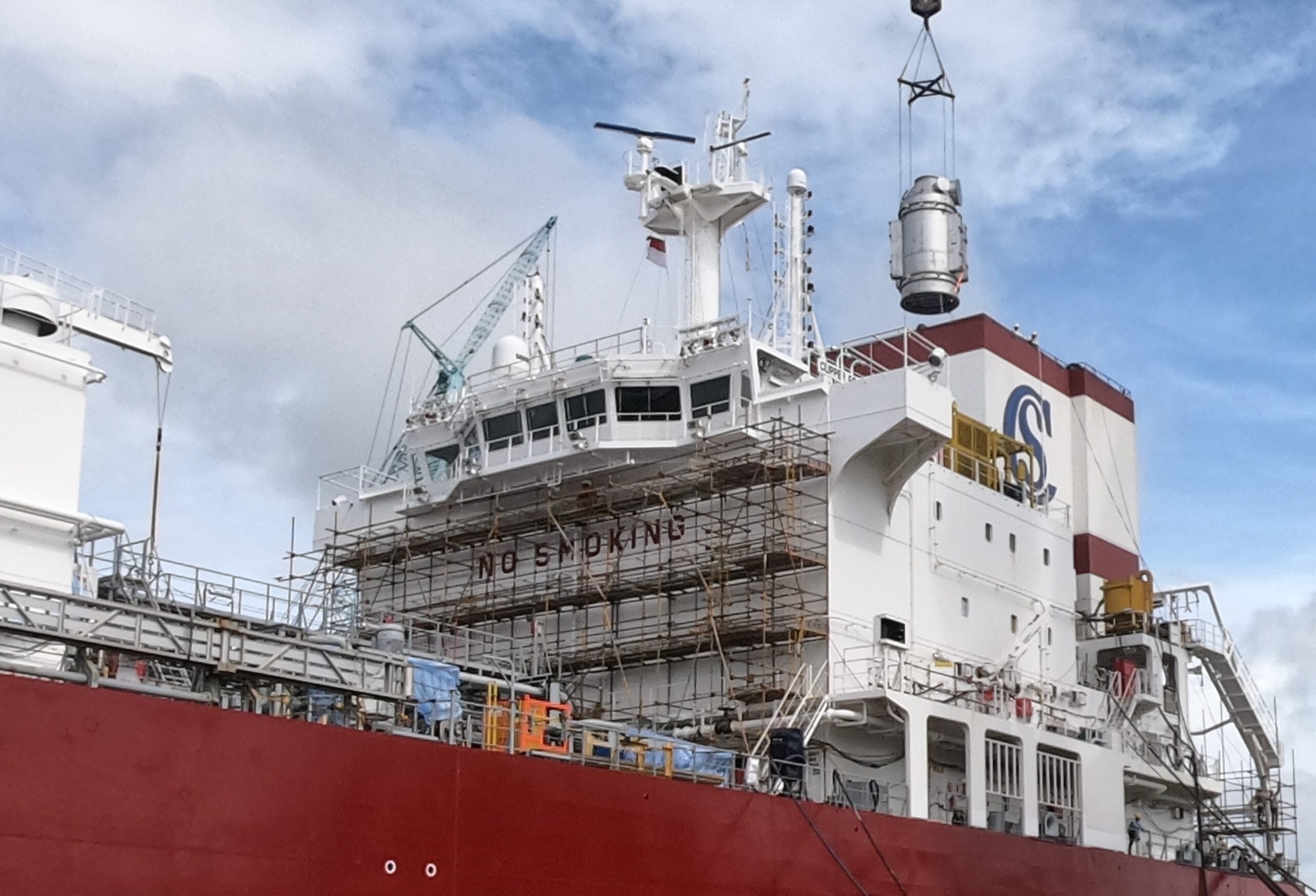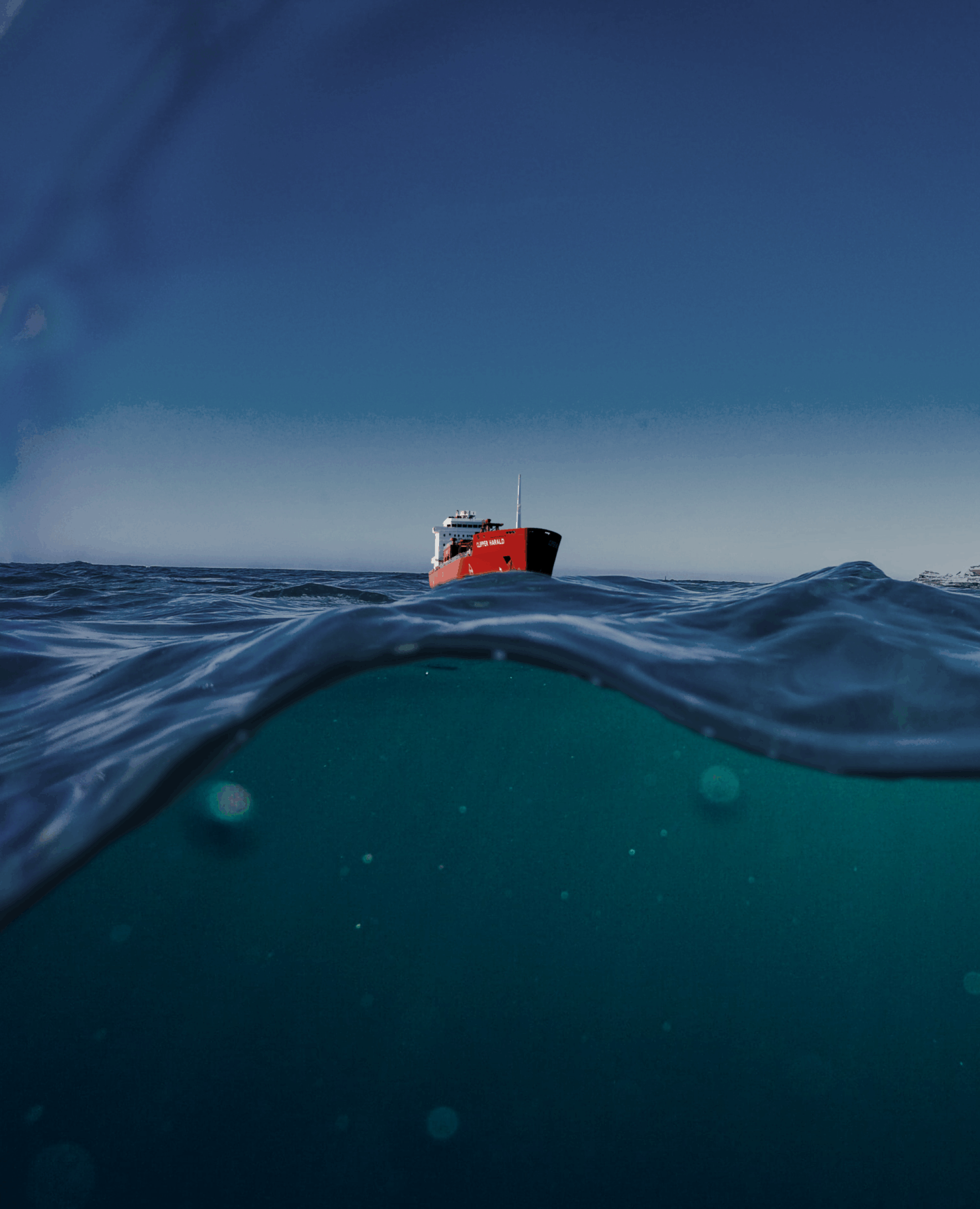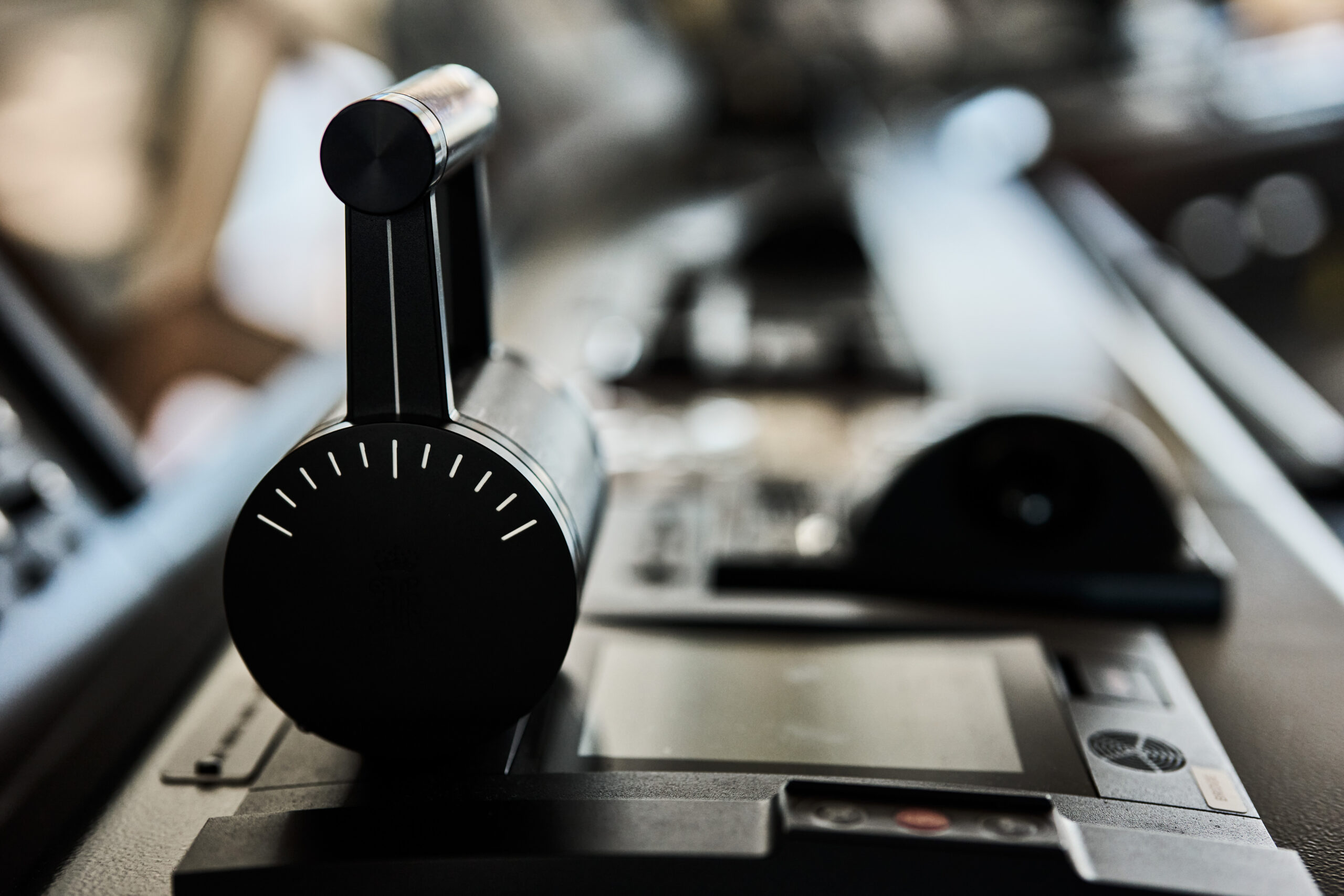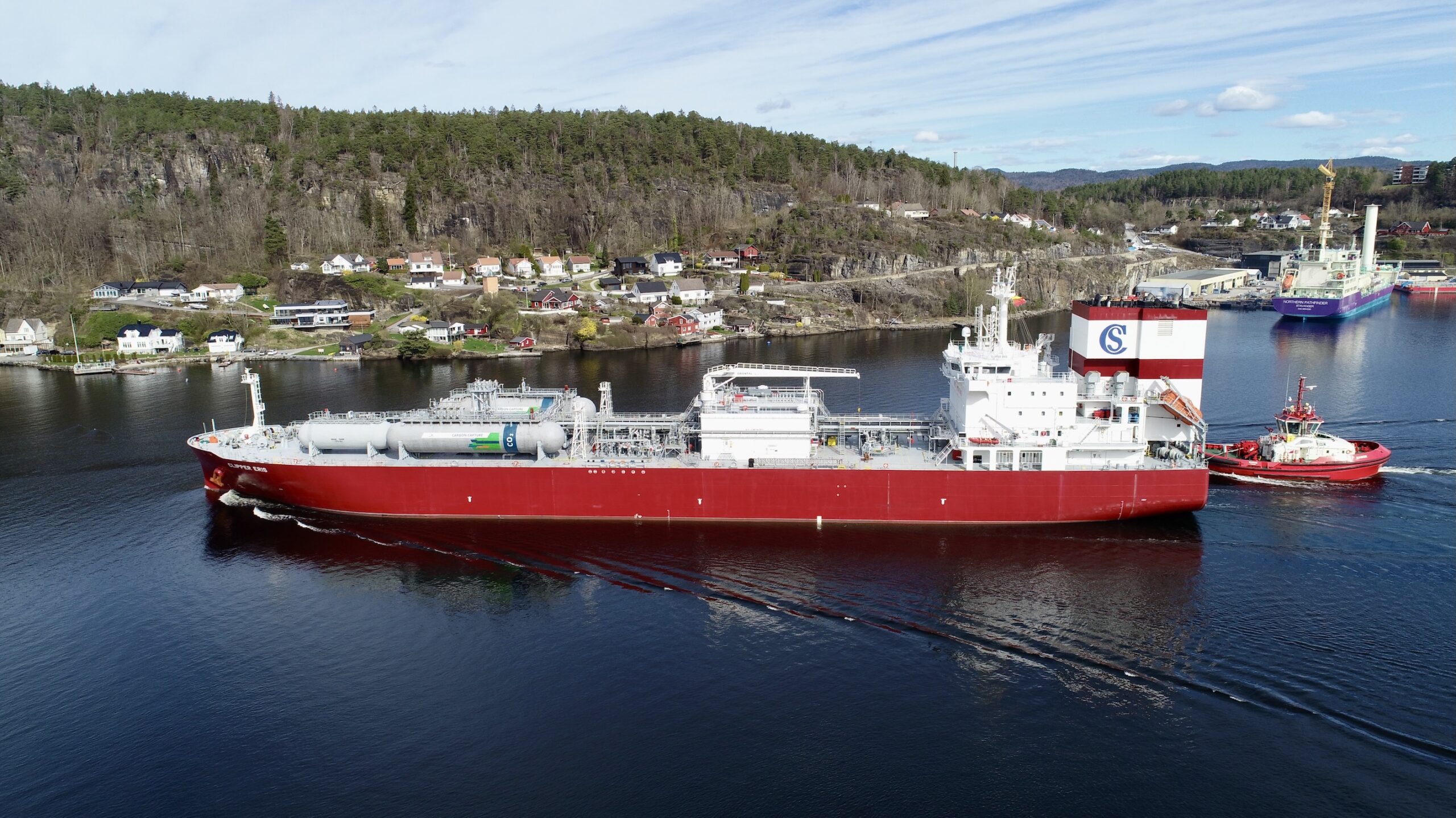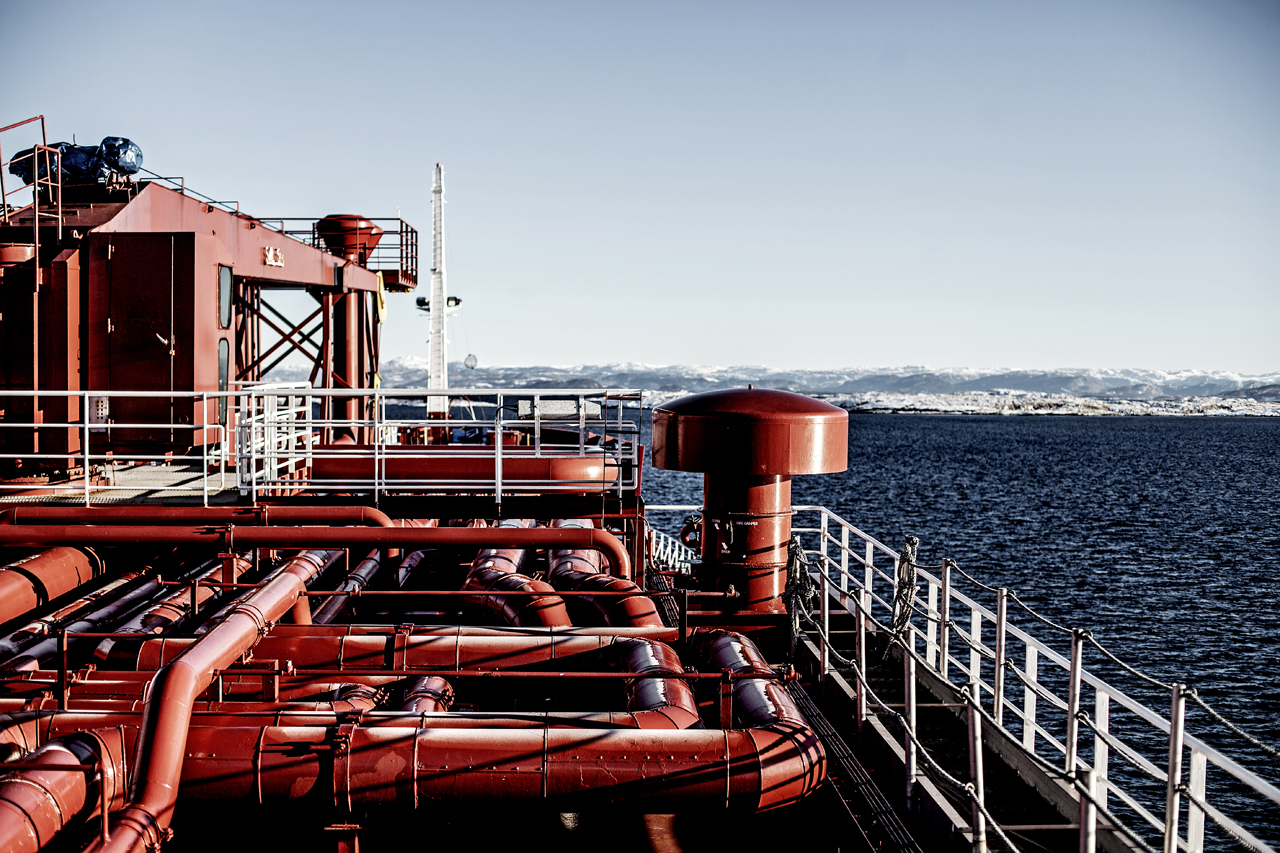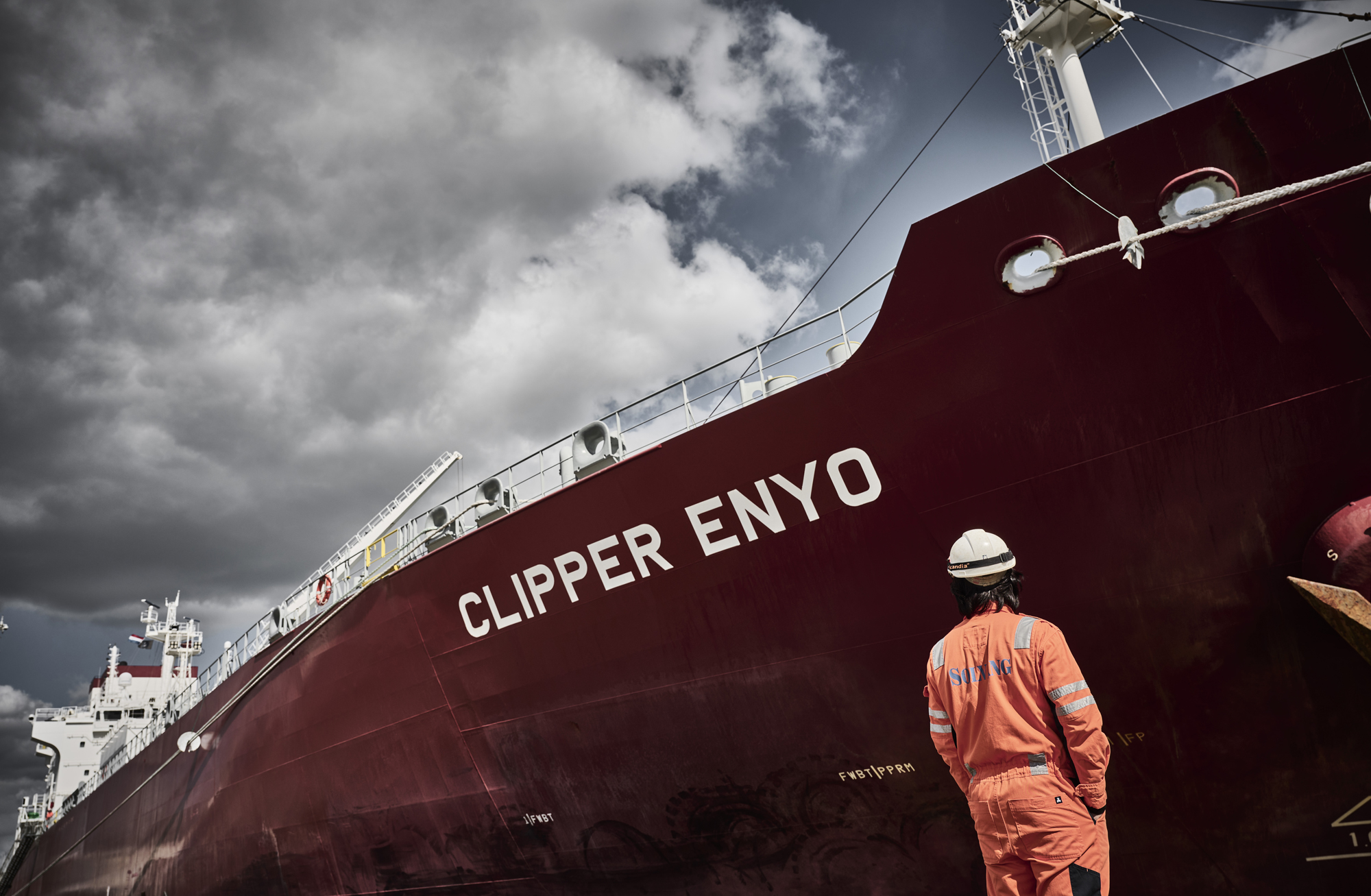The Carbon Intensity Indicator: Emissions during port idling should be excluded
Reallocating CO2 emission allowances from ships to ports when keeping cargo idle due to handling issues, would help correct the Carbon Intensity Indicator and would make the Ship Energy Efficiency Management Plan (SEMP III) a better tool for crew, shipowners and climate authorities, according to Solvang HSEQ Manager Per-Øyvind Nedrebø.
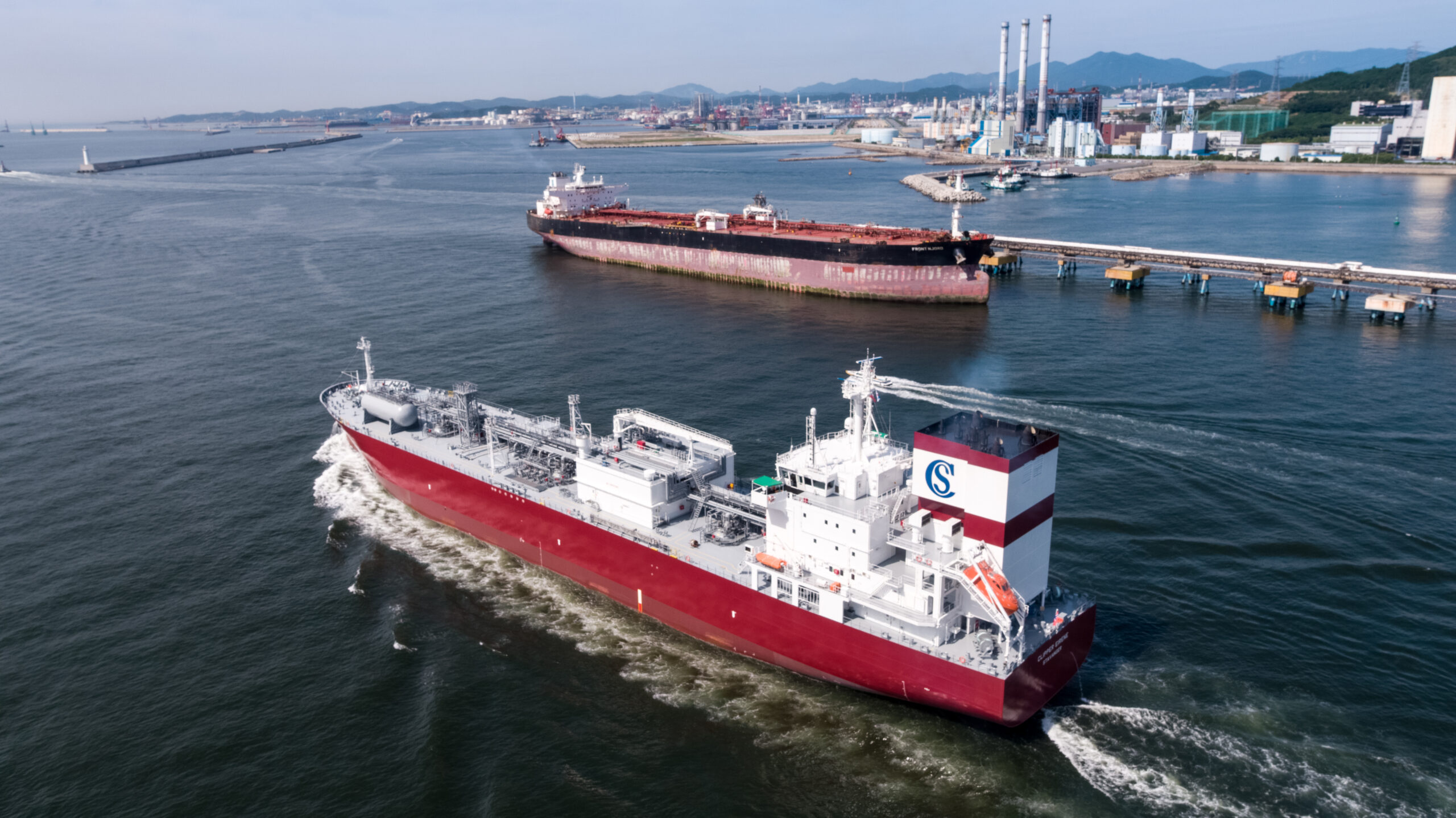
The first full year of IMO’s EEXI (Energy Efficiency Existing Ship Index) and the annual operational carbon intensity indicator (CII) has passed. Solvang has received carbon intensity rates for all vessels. The metric of the indicator is the Annual Efficiency Ratio (AER), expressed in grams of CO2 emitted per cargo-carrying capacity and nautical mile. Effectively, each vessel’s total CO2 emissions at sea is divided by the deadweight of the vessel and the total distance sailed.
Fully on target
According to the IMO’s strategy to reduce greenhouse gas emissions from maritime transport, Solvang has recorded
a significant year-over-year reduction in CO2 emissions across its fleet. From 2009 to 2023, Solvang’s fleet improved the (AER) by close to 30 %, fully in line with IMO’s 2030 deadline. The greater part of Solvang’s achievement is made by the ethylene fleet. Due to recent replacements of the oldest ethylene vessels, an extra AER advancement of 34 % is recorded for 2023.
Interestingly, a significant efficiency gain made by the fleet has been ruled out from the official AER figure, due to the fact that CII is calculated for a voyage, including idle waiting time at port.
“Our control extends from the beginning of sea passage to the end of sea passage, during which we make substantial efforts to cut emissions. However, the emission metrics at port, which are factored into the overall calculation, dilute the impact of our efficiency efforts. This represents a systematic bias in assessing our ships’ energy efficiency. The port should be responsible for emissions during the port stay, i.e. after end of sea passage until the vessel departs from the port,” states Performance and SEQ
Manager Per-Øyvind Nedrebø in Solvang.
Regulatory refinement needed
Solvang stands by its environmental achievements recorded through GHG emission cuts on all vessels. Our environmental performance is scheduled in each ship’s energy efficiency management plan (SEEMP).
Mr. Nedrebø advocates refined regulatory mechanisms under Marpol, such as CII correction factors for port idle time or the exclusion of certain voyages from the metrics.
“A reassignment of CO2 allowances needed from ships to ports would effectively address port inefficiencies and incentivize efficient cargo handling, particularly in the tank segment. Reduced emissions would be the effect, making the environment a winner”, Mr. Nedrebø ascertains.



